Americans sit through some 11 million meetings every day — with the unproductive ones costing companies $37 billion a year.
We’ve already learned that meetings fall apart thanks to sloppy agendas, un-articulated ground rules, and other structural mistakes.
So we decided to look at how some of the most effective executives in history — from GM czar Alfred Sloan to Apple prince Steve Jobs to Facebook queen Sheryl Sandberg — run the meetings that invariably fill their calendars.
Here’s what we found.
Legendary GM CEO Alfred Sloan said little — then made follow-ups
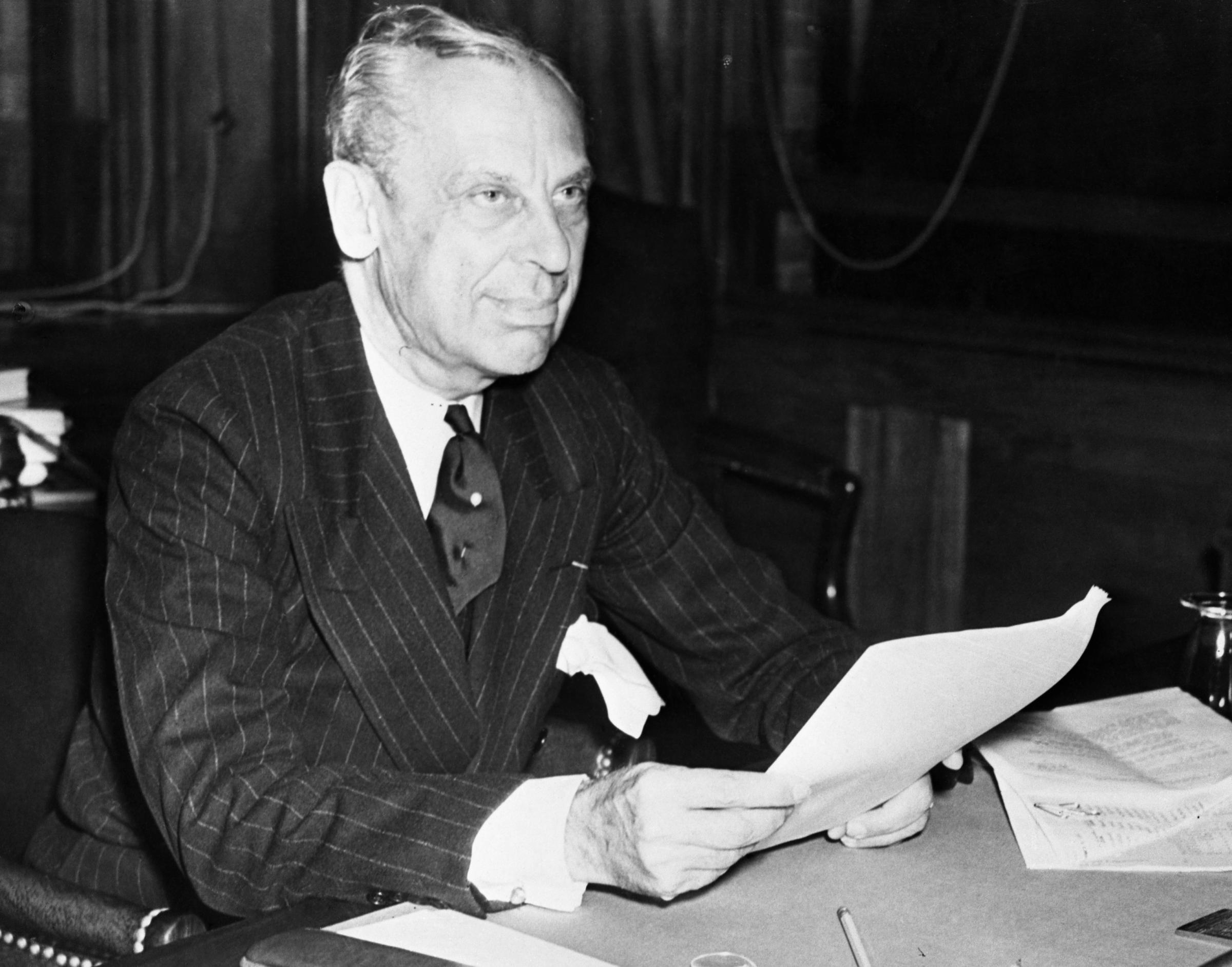
Alfred Sloan ran GM from the 1920s to the ’50s. During that time he led GM to become the world’s largest corporation — in the ’50s, GM held 46% of the U.S. auto market and employed over 600,000 Americans.
Sloan is also credited with inventing modern corporate structure.
According to leadership guru Peter Drucker, the follow-up memo was one of Sloan’s go-to tools.
After any formal meeting — in which he simply announced the purpose, listened to what people had to say, and then left — Sloan would send a follow-up memo with a plan of action.
Drucker’s take:
[Sloan] immediately wrote a short memo addressed to one attendee of the meeting. In that note, he summarized the discussion and its conclusions and spelled out any work assignment decided upon in the meeting (including a decision to hold another meeting on the subject or to study an issue). He specified the deadline and the executive who was to be accountable for the assignment. He sent a copy of the memo to everyone who’d been present at the meeting.
These memos made Sloan an “outstandingly effective executive,” Drucker argues, and you might say they were a key to GM’s dominance of the 20th century.
More from Business Insider:
Opsware CEO and Andreessen Horowitz cofounder Ben Horowitz likes to have one-to-one meetings
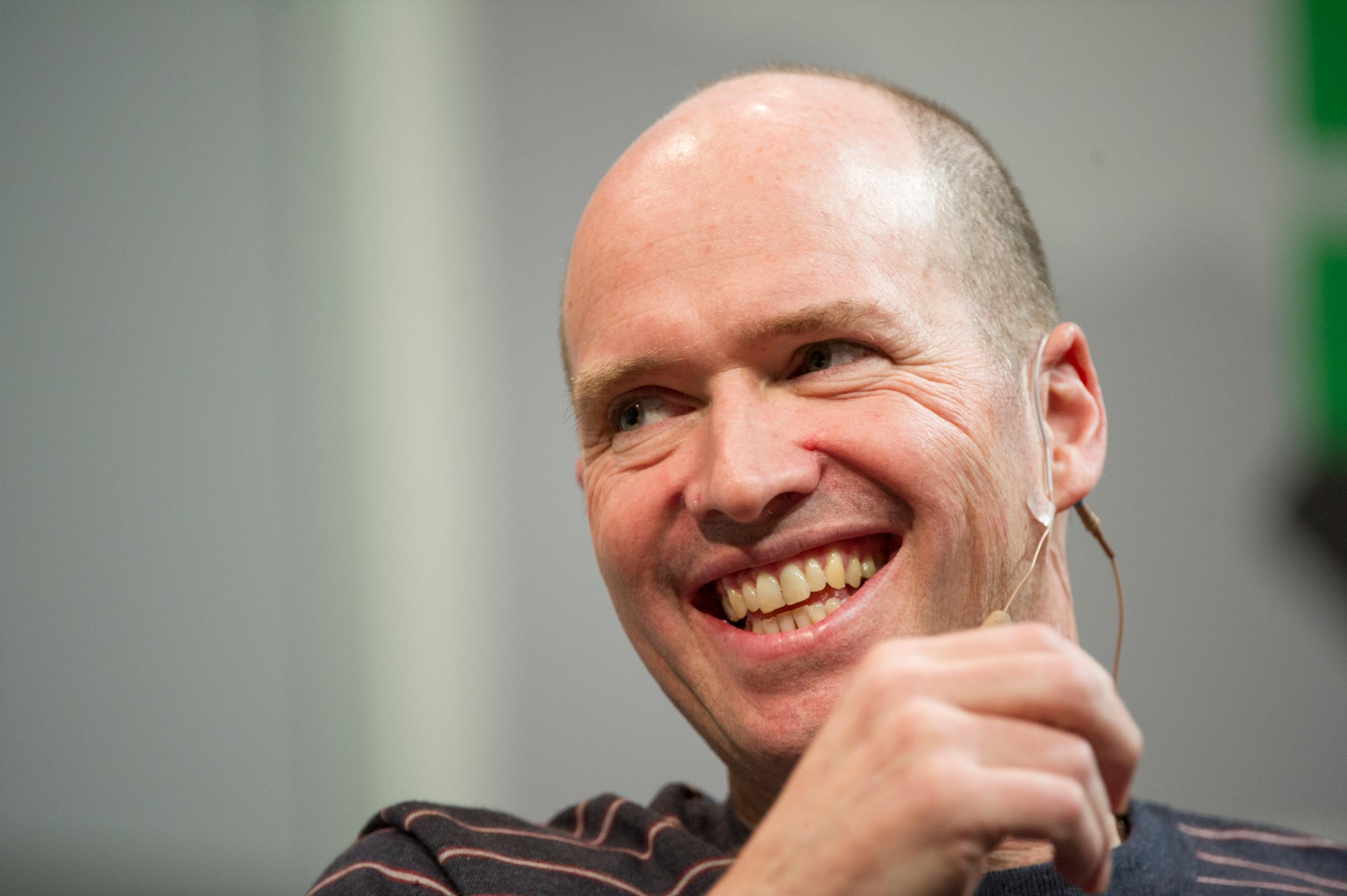
Back when he was a CEO, Ben Horowitz led Opsware to a $1.6 billion sale to HP in 2007.
Two years later, he cofounded Andreessen Horowitz, probably the most sought-after firm in venture capital.
Horowitz, who spends much of his time mentoring young leaders, says that most important job for a CEO is to architect the way people communicate in a company.
The one-to-one meeting is essential to that process, he says, as it’s the best place for ideas and critiques to flow up from employees to management.
Here’s his take on how to run one:
If you like structured agendas, then the employee should set the agenda. A good practice is to have the employee send you the agenda in advance.
This will give her a chance to cancel the meeting if nothing is pressing. It also makes clear that it is her meeting and will take as much or as little time as she needs.
During the meeting, since it’s the employee’s meeting, the manager should do 10% of the talking and 90% of the listening. Note that this is the opposite of most one-on-ones.
Tesla CEO Elon Musk demands that people be super prepared
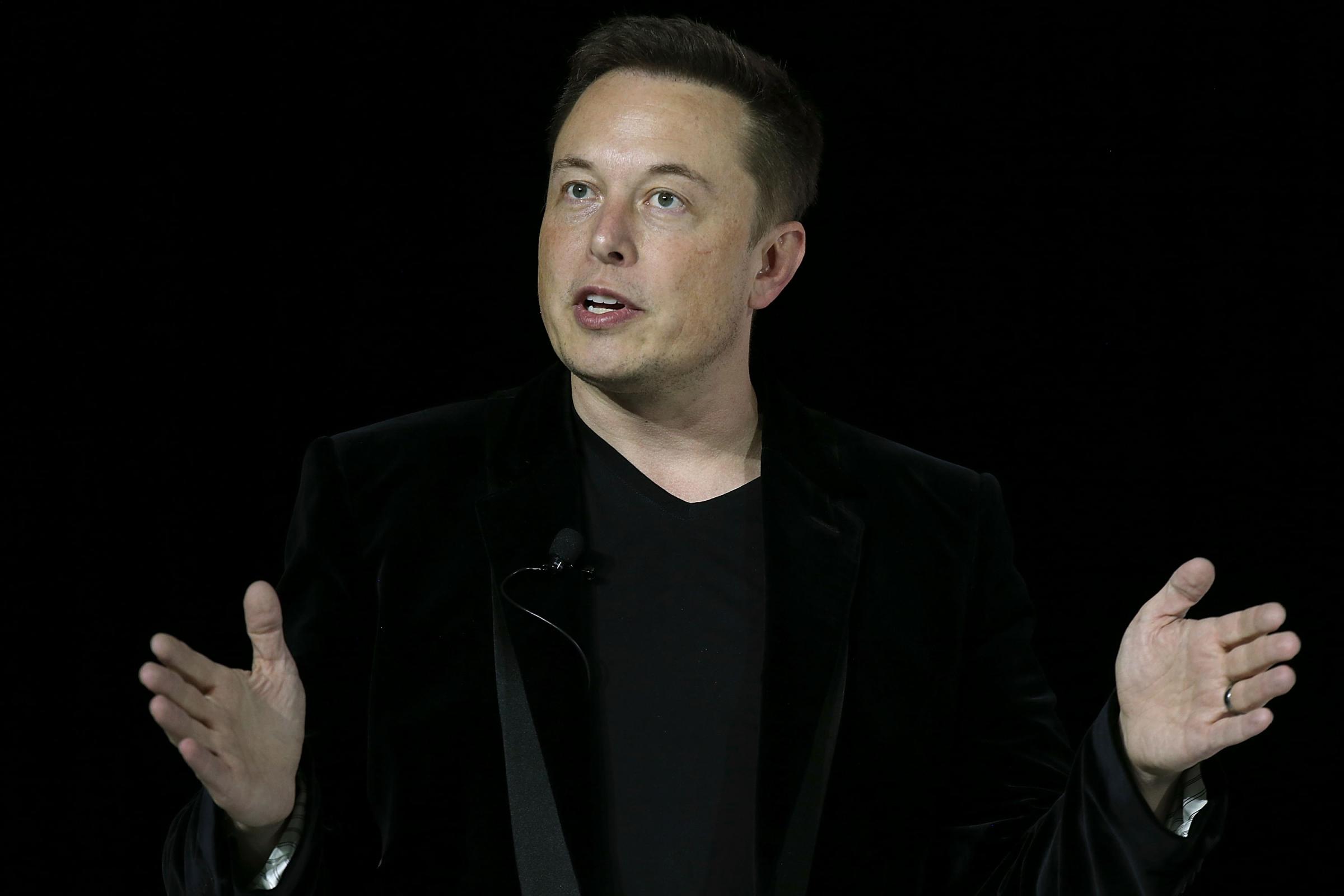
Musk has incredibly high standards. He has a reputation for firing people if they miss a deadline. So if you’re meeting with him at Tesla or SpaceX, you have to be ready.
As one anonymous Musk employee shares on Quora:
When we met with Elon, we were prepared. Because if you weren’t, he’d let you know it. If he asked a reasonable follow-up question and you weren’t prepared with an answer, well, good luck.
What else would you expect from the most bada– CEO in America?
Facebook COO Sheryl Sandberg sticks to a strict agenda
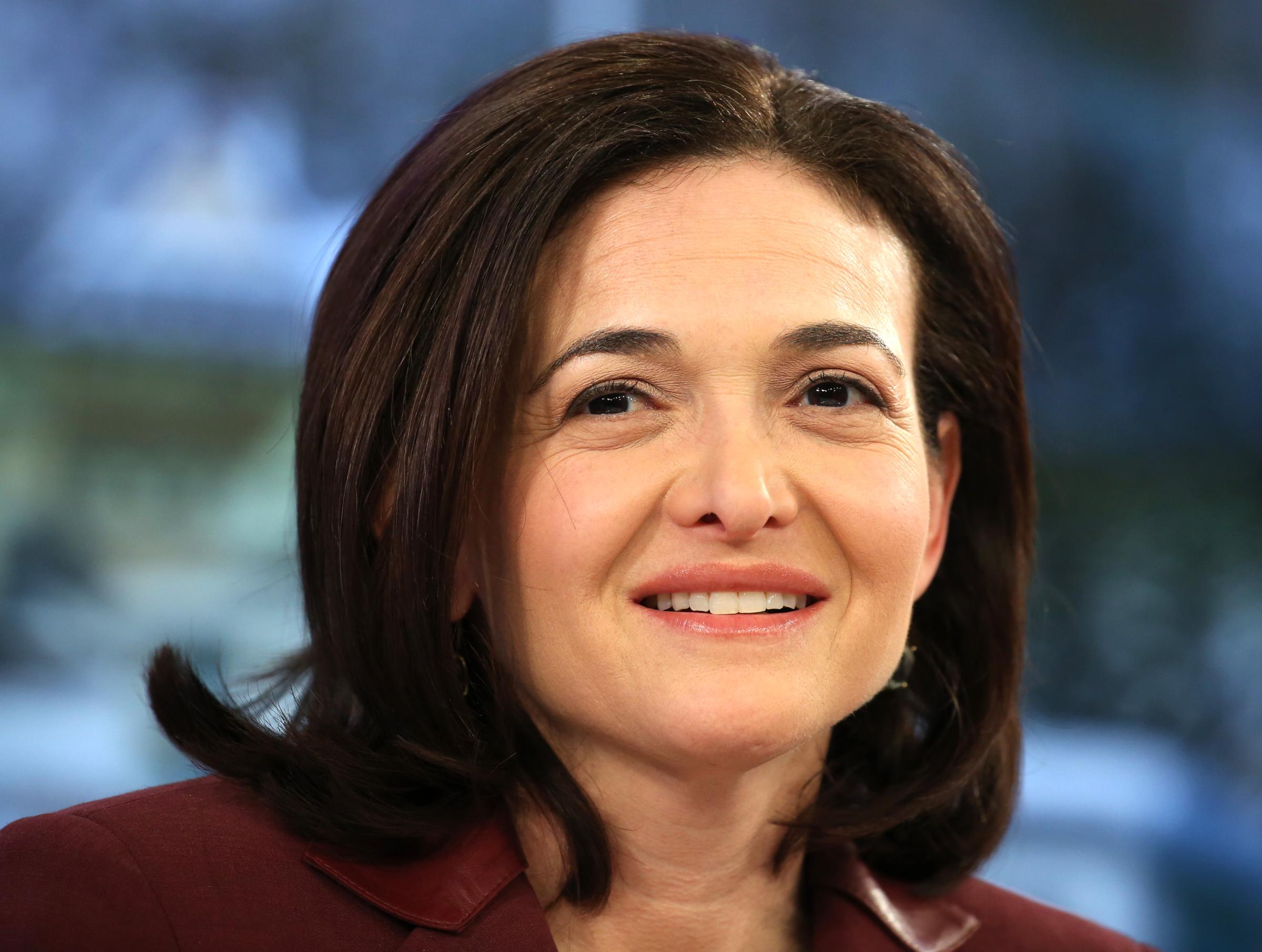
Sandberg brings a spiral-bound notebook with her to every meeting. In that notebook is a list of discussion points and action items.
“She crosses them off one by one, and once every item on a page is checked, she rips the page off and moves to the next,” Fortune reports. “If every item is done 10 minutes into an hour-long meeting, the meeting is over.”
The late Apple CEO Steve Jobs kept meetings as small as possible

Jobs led Apple to become one of the world’s most valuable companies, creating consumer-friendly products with sleek designs.
He ran meetings with a similar minimalism. He hated when they were too big, because too many minds in a room got in the way of simplicity.
In one tale, Jobs was in a weekly meeting with Apple’s ad agency and spied someone who didn’t regularly attend. He asked who she was, listened to her reply, and politely told her to get out: “I don’t think we need you in this meeting,” he said. “Thanks.”
Jobs carried the same standard with himself: When U.S. President Barack Obama asked him to a meeting of tech darlings, he declined. The guest list was too long.
Yahoo CEO Marissa Mayer aggressively vets every idea
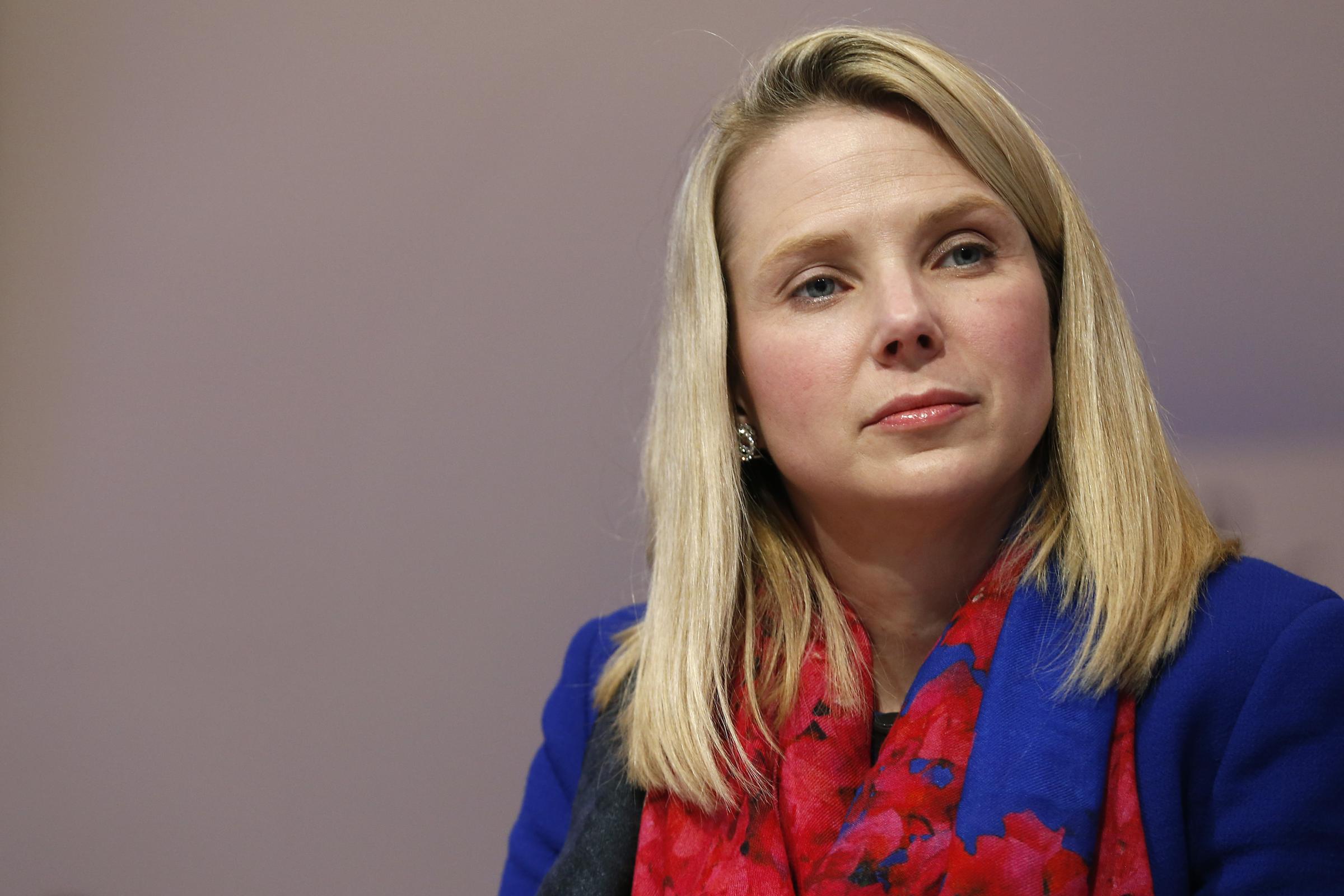
As we’ve reported before, Mayer gets to the bottom of any proposal brought her way.
Product managers or designers sitting down with the exec have their strategies thoroughly vetted through a series of questions, like:
These questions are just one aspect of the many strategies Mayer uses to shake up Yahoo.
Google CEO Larry Page says no one should wait for a meeting to make a decision
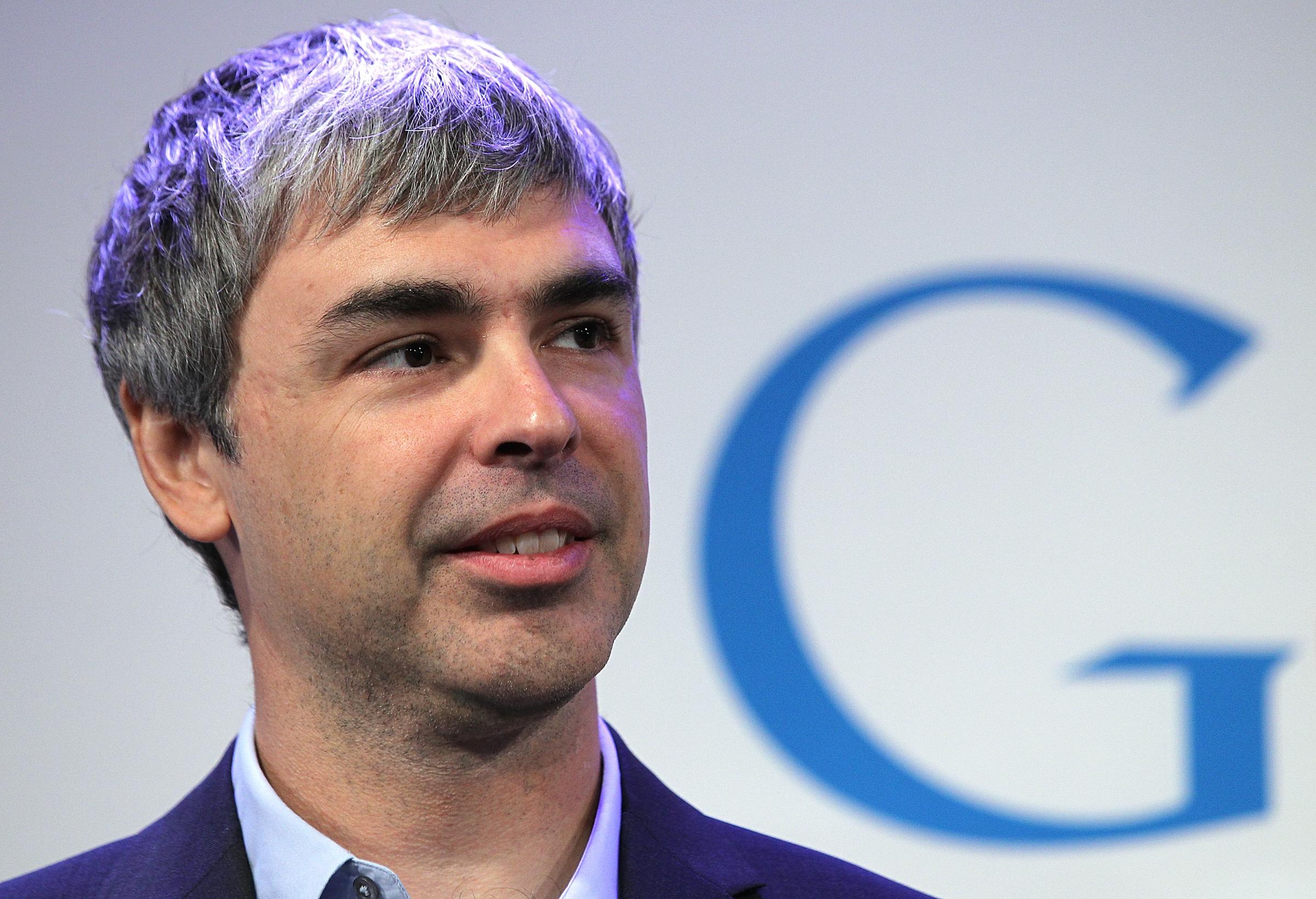
Page took over as CEO of Google in 2011.
He immediately sent out a company-wide email. The subject: how to run meetings effectively. One of his tips is to designate a decision-maker for every meeting. But even more importantly, Page made the point that you might not need a meeting at all.
“No decision should ever wait for a meeting,” the email reads. “If a meeting absolutely has to happen before a decision should be made, then the meeting should be scheduled immediately.”
Nike CEO Mark Parker doodles through his meetings

Parker doesn’t just manage Nike’s $24 billion-a-year athletic empire, he brings his own designs. Parker walks into meetings with a Moleskine notebook under his arm — full of his sketches of new products.
In 2009, cyclist Lance Armstrong was in a business meeting with Parker, who spent the whole time doodling in his notebook. At the end of the meeting, Armstrong asked to see what he drew.
“He turns the pad over and shows me this perfect shoe,” Armstrong recalls.
The doodles help clarify the brainstorming process, Parker says, one that’s a constant balance between what design wants and what business needs.
“I think about balance a lot,” Parker says. “Most of us are out of balance, and that’s OK, but you need to keep your eye on the overall equilibrium to be successful.”
Yelp CEO Jeremy Stoppelman meets with people individually

Stoppelman has a one-on-one meeting with each of his direct reports every week.
“Sometimes I feel like the company’s psychiatrist,” he shared on a Reddit AMA, “but I do feel like listening to people and hearing about their problems (personal and professional) cleans out the cobwebs and keeps the organization humming.”
Evernote CEO Phil Libin always brings a high-potential employee to participate

At any given meeting at Evernote, there will be someone there who doesn’t belong.
This is by design. The cloud note-taking startup has an internal program called “officer training,” in which employees get assigned to meetings that aren’t in their specialty area to explore other parts of the company.
“They’re there to absorb what we’re talking about,” Libin says. “They’re not just spectators. They ask questions; they talk.”
Libin got the idea from talking with a friend who served on a nuclear submarine. To be an officer of such a sub, you had to know how to do everybody else’s job.
“Those skills are repeatedly trained and taught,” he says. “And I remember thinking, ‘That’s really cool.'”
Amazon CEO Jeff Bezos likes to get people arguing

If you work at Amazon, you’d better be comfortable with conflict. Bezos is famous for hating “social cohesion,” that tendency people have for finding consensus for no other reason than it feels good.
That distaste for agreeability is reinforced by Amazon’s leadership principles, one of which reads:
Leaders are obligated to respectfully challenge decisions when they disagree, even when doing so is uncomfortable or exhausting. Leaders have conviction and are tenacious. They do not compromise for the sake of social cohesion. Once a decision is determined, they commit wholly.
This article originally appeared on Business Insider
More Must-Reads from TIME
- Where Trump 2.0 Will Differ From 1.0
- How Elon Musk Became a Kingmaker
- The Power—And Limits—of Peer Support
- The 100 Must-Read Books of 2024
- Column: If Optimism Feels Ridiculous Now, Try Hope
- The Future of Climate Action Is Trade Policy
- FX’s Say Nothing Is the Must-Watch Political Thriller of 2024
- Merle Bombardieri Is Helping People Make the Baby Decision
Contact us at letters@time.com